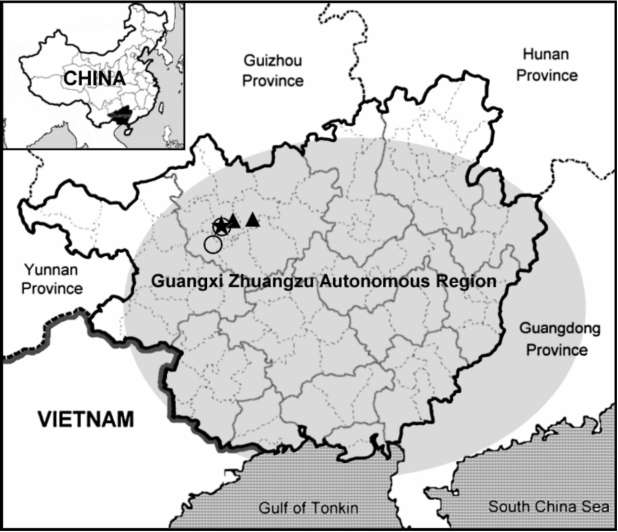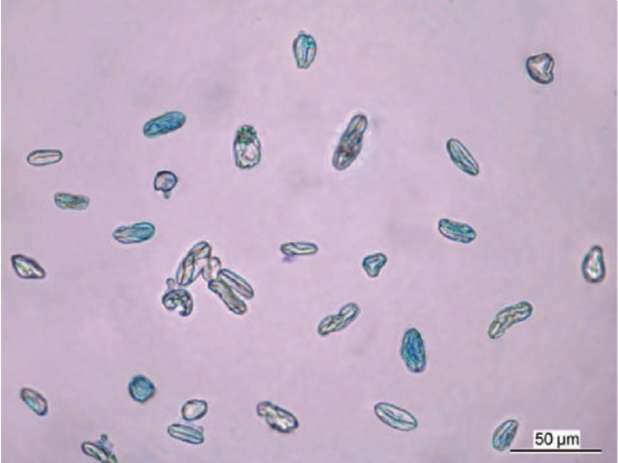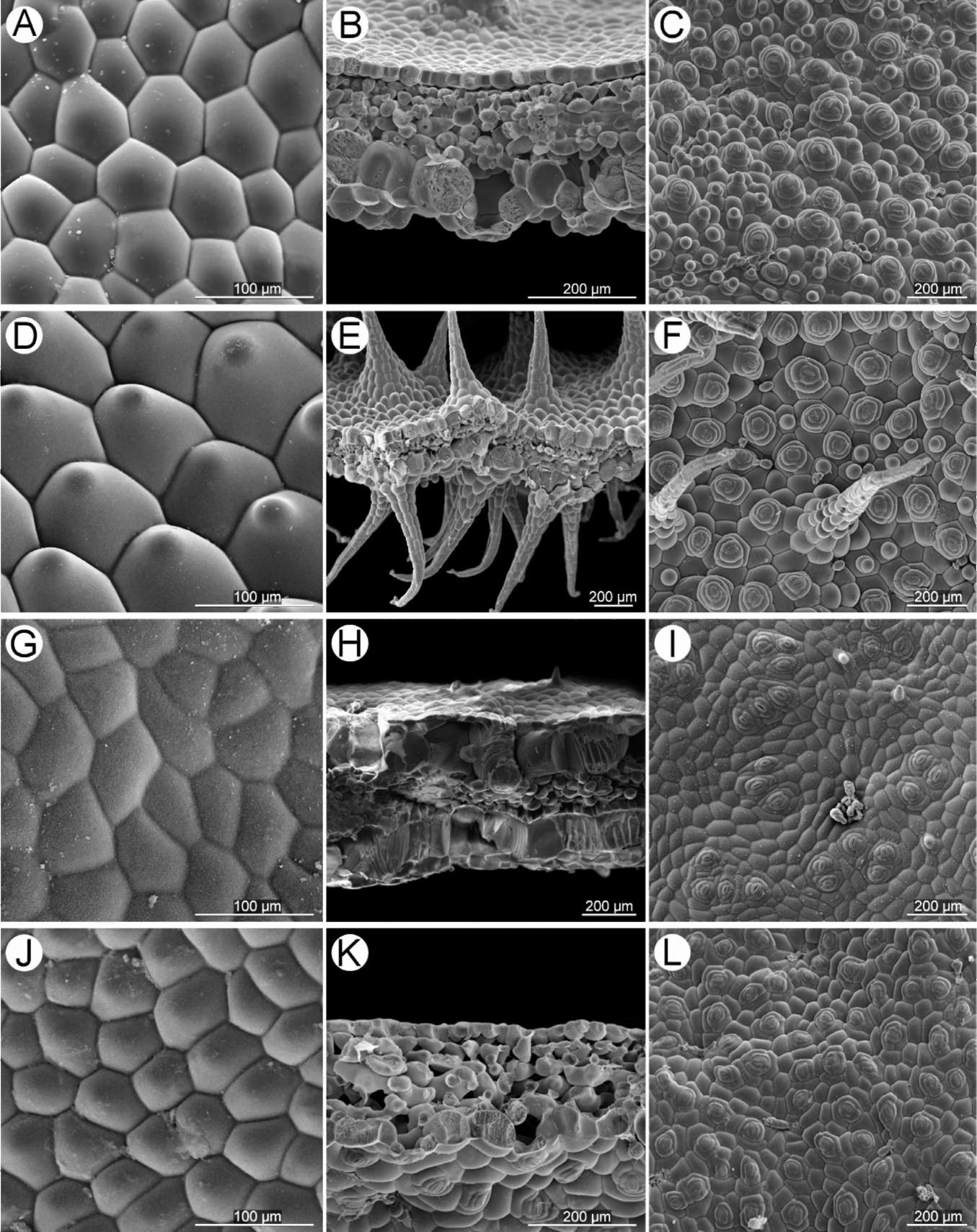LITERATURE CITED
Chen, W.H., Y.M. Shui, Y.K. Sima, R.M. Zhang, and Z.D. Wei.
2009. Pararuellia glomerata (Acanthaceae), a new species from Yunnan, China. Bot. Stud. 50: 261-267.
Fang, D., S.M. Ku, Y.G. Wei, D.H. Qin, and C.-I Peng. 2006.
Three new taxa of Begonia (sect. Coelocentrum, Begonia-ceae) from limestone areas in Guangxi, China. Bot. Stud. 47: 97-110.
Gu, C.Z., C.-I Peng, and N.J. Turland. 2007. Begoniaceae. In
Z.Y. Wu, P.H. Raven, and D.Y. Hong (eds.), Flora of China,
Vol. 13. Science Press, Beijing and Missouri Botanical Garden Press, St. Louis, pp. 153-207.
Hou, M.F., Y. Liu, Y. Kono, and C.-I Peng. 2009. Aspidistra
daxinensis (Ruscaceae), a new species from limestone areas
in Guangxi, China. Bot. Stud. 50: 371-378.
Ku, S.M., C.-I Peng, and Y. Liu. 2004. Notes on Begonia (sect. Coelocentrum, Begoniaceae) from Guangxi, China, with the report of two new species. Bot. Bull. Acad. Sin. 45: 353-367.
Ku, S.M., Y. Liu, and C.-I Peng. 2006. Four new species of Begonia sect. Coelocentrum (Begoniaceae) from limestone areas in Guangxi, China. Bot. Stud. 47: 207-222.
Ku, S.M., Y. Kono, and Y. Liu. 2008. Begonia pengii (Sect. Coelocentrum, Begoniaceae), a new species from limestone
areas in Guangxi, China. Bot. Stud. 49: 167-175.
Liu, Y., S.M. Ku, and C.-I Peng. 2005. Begonia picturata (sect. Coelocentrum, Begoniaceae), a new species from limestone areas in Guangxi, China. Bot. Bull. Acad. Sin. 46: 367-376.
Liu, Y., S. M. Ku, and C.-I Peng. 2007. Begonia bamaensis (sect. Coelocentrum, Begoniaceae), a new species from limestone
areas in Guangxi, China. Bot. Stud. 48: 465-473.
Levan, A., K. Fredga, and A.A. Sandberg. 1964. Nomenclature for centromeric position on chromosomes. Hereditas 52:
201-220.
Mou, F.J. and D.X. Zhang. 2010. Rubovietnamia nonggangen-sis (Rubiaceae), a new species from China. Bot. Stud. 51:
119-126.
Peng, C.-I, Y.M. Shui, Y. Liu, and S.M. Ku. 2005a. Begonia fan-
gii (sect. Coelocentrum, Begoniaceae), a new species from limestone areas in Guangxi, China. Bot. Bull. Acad. Sin.
46: 83-89.
Peng, C.-I, S.M. Ku. and W.C. Leong. 2005b. Begonia liuyanii (sect. Coelocentrum, Begoniaceae), a new species from limestone areas in Guangxi, China. Bot. Bull. Acad. Sin.
46: 245-254.
Peng, C.-I, W.C. Leong, S.M. Ku, and Y. Liu. 2006. Begonia
puulvinifera (sect. Diploclinium, Begoniaceae), a new species from limestone areas in Guangxi, China. Bot. Stud. 47:
319-327.
Peng, C.-I, T.Y. Hsieh and Q.H. Ngyuen. 2007. Begonia kui (sect. Coelocentrum, Begoniaceae), a new species from
Vietnam. Bot. Stud. 48: 127-132.








